What Food Has the Longest Life?
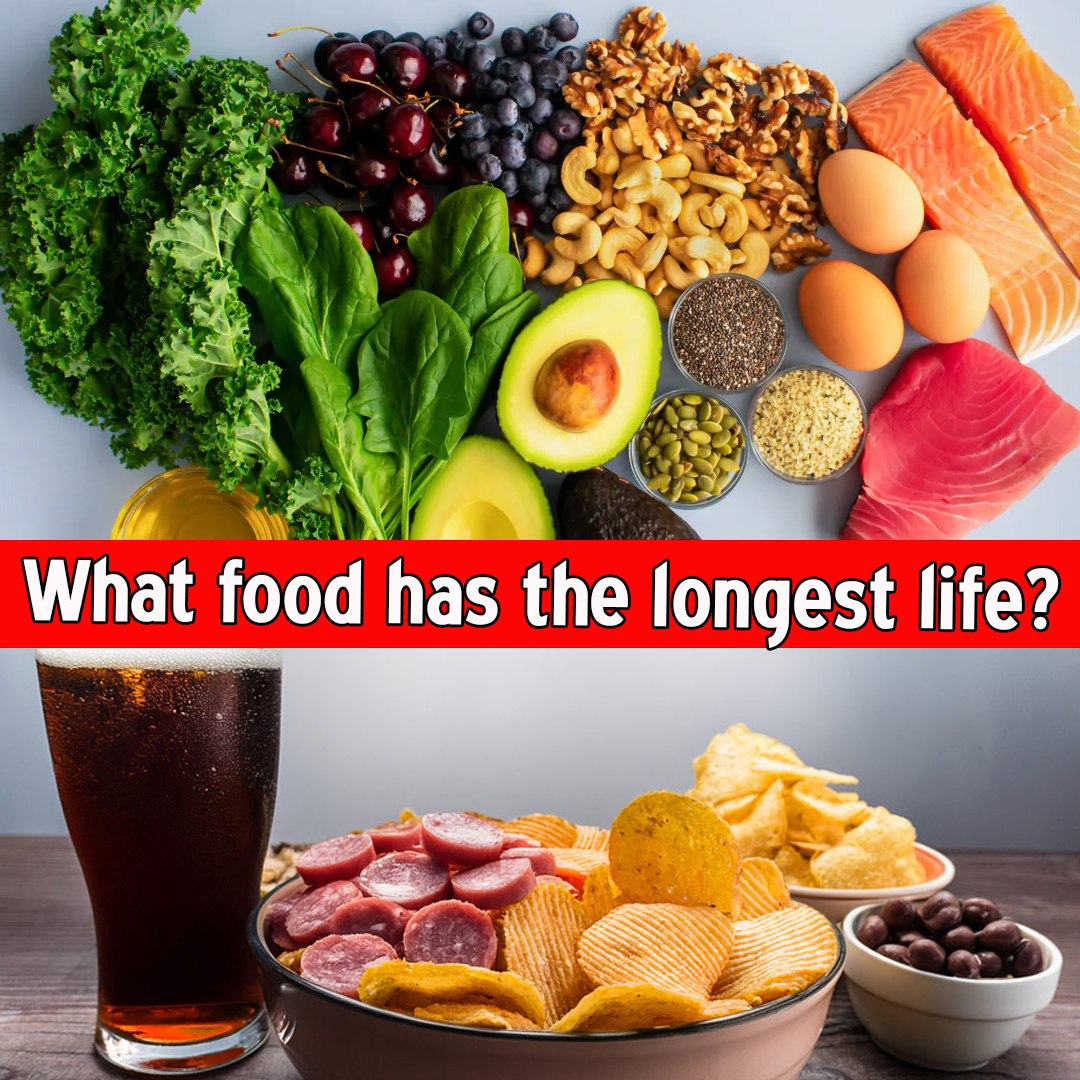
What food has the longest life?
Introduction
In a world where food preservation plays a vital role in food security, emergency preparedness, and sustainability, one question frequently arises: What food has the longest life? Understanding the longevity of food can help us stock our pantries wisely, prepare for emergencies, and reduce waste. This comprehensive guide will explore the longest-lasting foods known to humanity, the science behind their durability, how to store them properly, and why these foods are essential in survival scenarios and long-term storage plans.
1. Understanding Food Shelf Life
Shelf life refers to the length of time that a food product remains safe and suitable for consumption. It is affected by factors like:
- Moisture content
- Oxygen exposure
- Storage temperature
- Packaging materials
- Microbial contamination
The longer a food’s shelf life, the more resistant it is to microbial growth, spoilage, and nutrient degradation. This is why dry, sealed, and stable foods often last the longest.
2. The Top Longest-Lasting Foods
Here are some foods that can last decades or even indefinitely when stored properly.
2.1 Honey – Indefinite Shelf Life
Honey is often considered the world’s longest-lasting food. Archaeologists have found pots of honey in Egyptian tombs that are over 3,000 years old—and still perfectly edible.
Why It Lasts:
- Extremely low moisture content
- Highly acidic (pH around 3.26–4.48)
- Contains natural hydrogen peroxide
- Antibacterial and antifungal properties
Storage Tip: Store honey in a tightly sealed glass jar in a cool, dry place. It may crystallize over time but can be restored by gently warming the container.
2.2 White Rice – Up to 30 Years
White rice, particularly if vacuum-sealed and stored with oxygen absorbers, can last 25–30 years in ideal conditions.
Why It Lasts:
- Low oil content compared to brown rice
- Low moisture when stored dry
- Resistant to insect infestation when sealed
Storage Tip: Store in airtight containers in a cool, dark environment (below 40°F). Avoid brown rice for long-term storage due to its higher oil content.
2.3 Dried Legumes (Beans, Lentils, Chickpeas) – 10 to 30 Years
Dried legumes are a nutritional powerhouse with a shelf life of 10–30 years when stored properly.
Why They Last:
- Extremely low moisture content
- Naturally protected by their hard outer shells
Storage Tip: Keep in mylar bags with oxygen absorbers and store in cool, dry conditions.
2.4 Salt – Indefinite
Pure salt (sodium chloride) does not spoil and lasts indefinitely.
Why It Lasts:
- Mineral-based (non-organic)
- No moisture or nutrients for bacteria
Types: Rock salt, sea salt, table salt (iodized salt has a slightly shorter shelf life due to the added iodine degrading over time).
Storage Tip: Keep in a dry, airtight container to avoid clumping from humidity.
2.5 Sugar – Indefinite
White granulated sugar, brown sugar, and powdered sugar can last forever if kept away from moisture.
Why It Lasts:
- High sugar concentration inhibits microbial growth
- Low moisture
Storage Tip: Store in airtight containers. Like honey, it may harden but can be re-softened.
2.6 Hardtack – Up to 100 Years
Hardtack is a simple, dry biscuit made from flour and water that was a staple for sailors and soldiers.
Why It Lasts:
- Very low moisture
- Hard texture prevents microbial growth
Storage Tip: Vacuum-seal and keep in a dry, cool place. It may require soaking before eating due to its hardness.
2.7 Powdered Milk – 20+ Years
When properly sealed in mylar bags with oxygen absorbers, powdered milk can last up to 20 years.
Why It Lasts:
- Low moisture content
- Properly packaged forms resist oxidation
Storage Tip: Store in cool, dark places. Non-fat powdered milk lasts longer than full-fat versions.
2.8 Pemmican – 10 to 50 Years
Pemmican is a Native American survival food made from dried meat, fat, and berries.
Why It Lasts:
- Low water activity
- Preserved with fat as a natural sealant
Storage Tip: Vacuum-sealed and kept cool, pemmican can last decades.
2.9 Freeze-Dried Foods – 25 to 30 Years
Freeze-drying removes moisture while retaining nutrients and texture, making these foods long-lasting.
Examples:
- Freeze-dried fruits
- Freeze-dried vegetables
- Freeze-dried meat or meals
Why They Last:
- Moisture removed below 5%
- Stored in vacuum-sealed packages with oxygen absorbers
Storage Tip: Best kept in mylar bags or cans in a cool, dark room.
2.10 White Vinegar – Indefinite
White distilled vinegar doesn’t expire and maintains its acidic content for many years.
Why It Lasts:
- Acidity prevents spoilage
- No fats or proteins
Uses: Pickling, cleaning, flavoring
3. Foods with Long Shelf Life (10–20 Years)
These foods may not last forever but can be stored for at least a decade when properly managed.
| Food | Shelf Life |
|---|---|
| Rolled oats | 10+ years |
| Pasta | 10–30 years |
| Dehydrated vegetables | 10–25 years |
| Instant coffee | 10–20 years |
| Baking soda | Indefinite |
| Cocoa powder | 20+ years (if pure) |
| Cornstarch | Indefinite |
4. Factors That Affect Longevity
The shelf life of even the longest-lasting foods can be shortened by poor storage conditions. Critical storage conditions include:
| Read more – What is the richest fast food? |
4.1 Temperature
- Ideal: 40°F or lower
- Heat accelerates spoilage and chemical breakdown
4.2 Humidity
- Promotes mold and bacterial growth
- Desiccants and moisture absorbers help prolong storage
4.3 Oxygen
- Oxidation causes rancidity, especially in fats
- Use oxygen absorbers for dry goods
4.4 Light
- Causes vitamin degradation and discoloration
- Store in opaque or dark containers
4.5 Pests
- Rodents and insects can destroy food
- Use pest-proof containers (metal or thick plastic)
5. Packaging for Long-Term Storage
To truly maximize the lifespan of foods, the right packaging is key:
Mylar Bags
- With oxygen absorbers
- Great for beans, rice, powdered milk, grains
Food-Grade Buckets
- Airtight with gamma lids
- Protects against light and pests
Vacuum-Sealed Bags
- Good for short-to-medium storage
- Removes air to prevent spoilage
Glass Jars
- Excellent for honey, salt, sugar
- Non-reactive and sealable
6. Emergency and Survival Use
These foods are often included in:
- Doomsday prepper kits
- Disaster relief supplies
- Military rations (MREs)
- NASA space missions
Key Features Desired:
- High caloric density
- Long shelf life
- Lightweight (especially freeze-dried)
- Easy to prepare (just add water)
7. Nutritional Considerations
While long-lasting foods are great for emergencies, many of them are low in certain nutrients. For example:
- White rice is low in fiber and protein
- Sugar and salt have no vitamins
- Dried foods may lose some vitamins over time
Solution: Supplement long-term storage with:
- Multivitamins
- Canned meats and vegetables
- Rotating stock to include fresher items
8. Foods That Pretend to Last but Don’t
Not all pantry staples are suited for ultra-long storage. Here are a few that spoil faster than expected:
- Brown rice – Oils cause it to go rancid in 6–12 months
- Whole wheat flour – High fat content reduces shelf life
- Nuts and seeds – Healthy but contain oils that oxidize quickly
- Canned food – Typically 2–5 years, not decades
9. Real-Life Examples and Historical Context
- Egyptian Honey: Found in tombs, still edible after 3,000 years.
- World War Hardtack: Soldiers carried 50-year-old biscuits.
- NASA Freeze-Dried Foods: Designed to last 30+ years on missions.
10. Conclusion
So, what food has the longest life? The clear answer is honey, followed by salt, sugar, white rice, and freeze-dried foods. These items, when stored properly, can last decades—or even indefinitely—without refrigeration.
Understanding the science and strategy behind long-term food storage empowers individuals, communities, and nations to become more resilient in times of crisis. Whether you are a prepper, homesteader, or just someone who likes a well-stocked pantry, knowing which foods have the longest life is essential.
Summary Table: Longest-Lasting Foods
| Food | Estimated Shelf Life | Notes |
|---|---|---|
| Honey | Indefinite | Never spoils, antibacterial |
| White Rice | 30 years | Needs proper storage |
| Dried Beans | 25+ years | Protein-rich |
| Salt | Indefinite | Mineral, essential |
| Sugar | Indefinite | Needs dry environment |
| Hardtack | 100+ years | Military rations |
| Powdered Milk | 20 years | Use non-fat for longevity |
| Pemmican | 50 years | High-fat, protein-dense |
| Freeze-Dried Foods | 30 years | Lightweight, nutritious |
| Vinegar | Indefinite | Cleaning and food uses |
Final Thoughts
Longevity in food isn’t just about storing things indefinitely—it’s about preserving nourishment, reducing waste, and ensuring food security. By understanding and investing in the right long-lasting foods, you’re not just preparing for emergencies—you’re building a sustainable and reliable food system for the future.

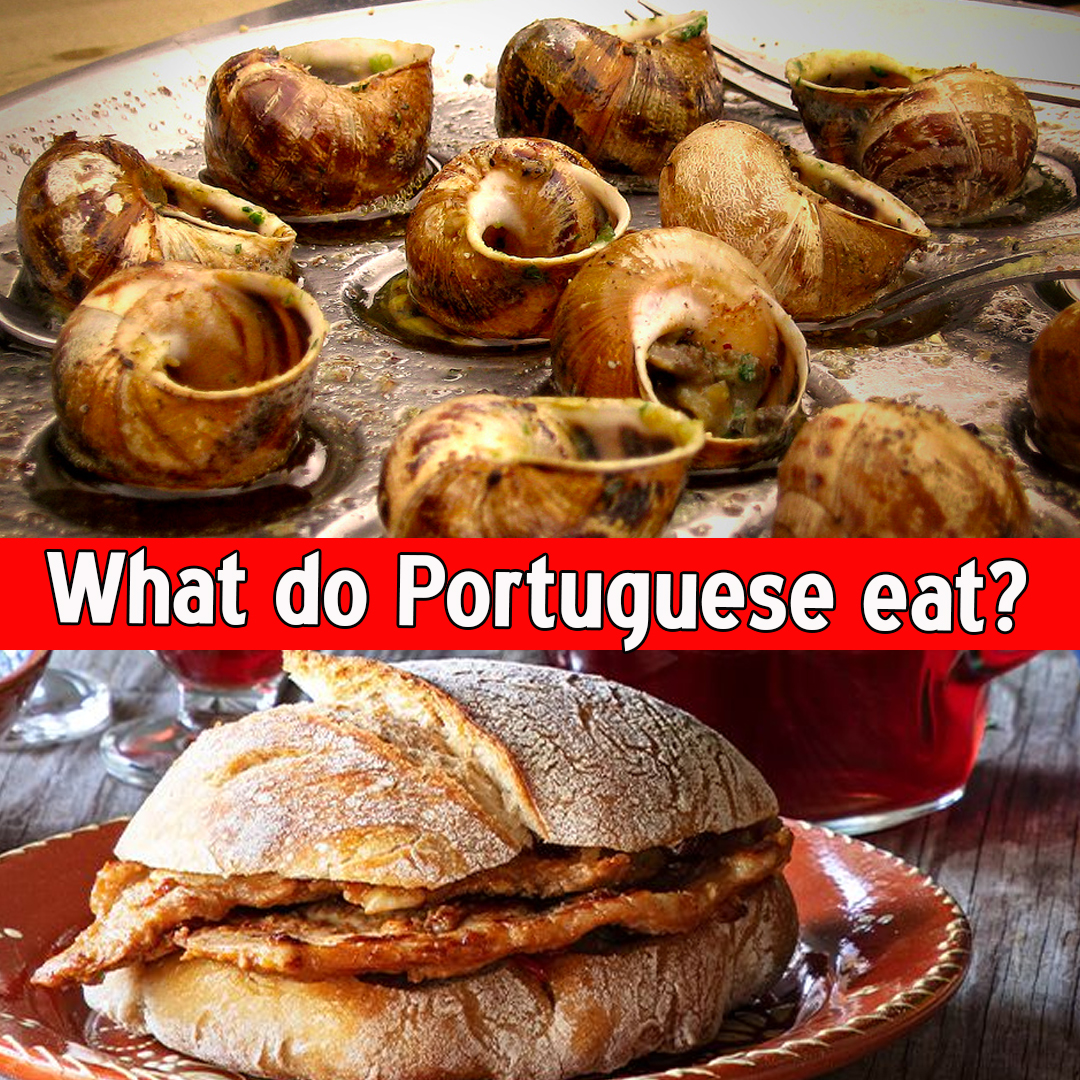


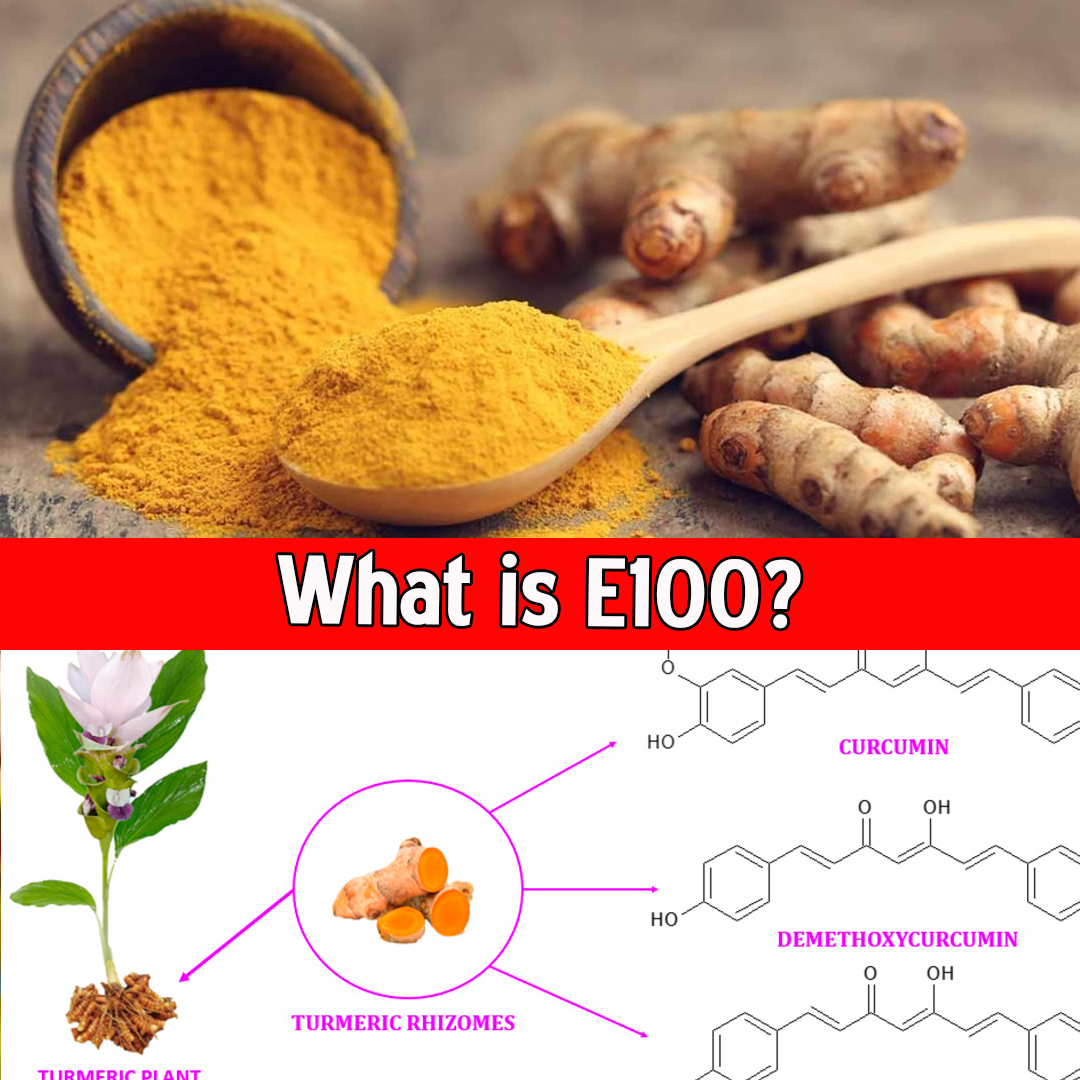

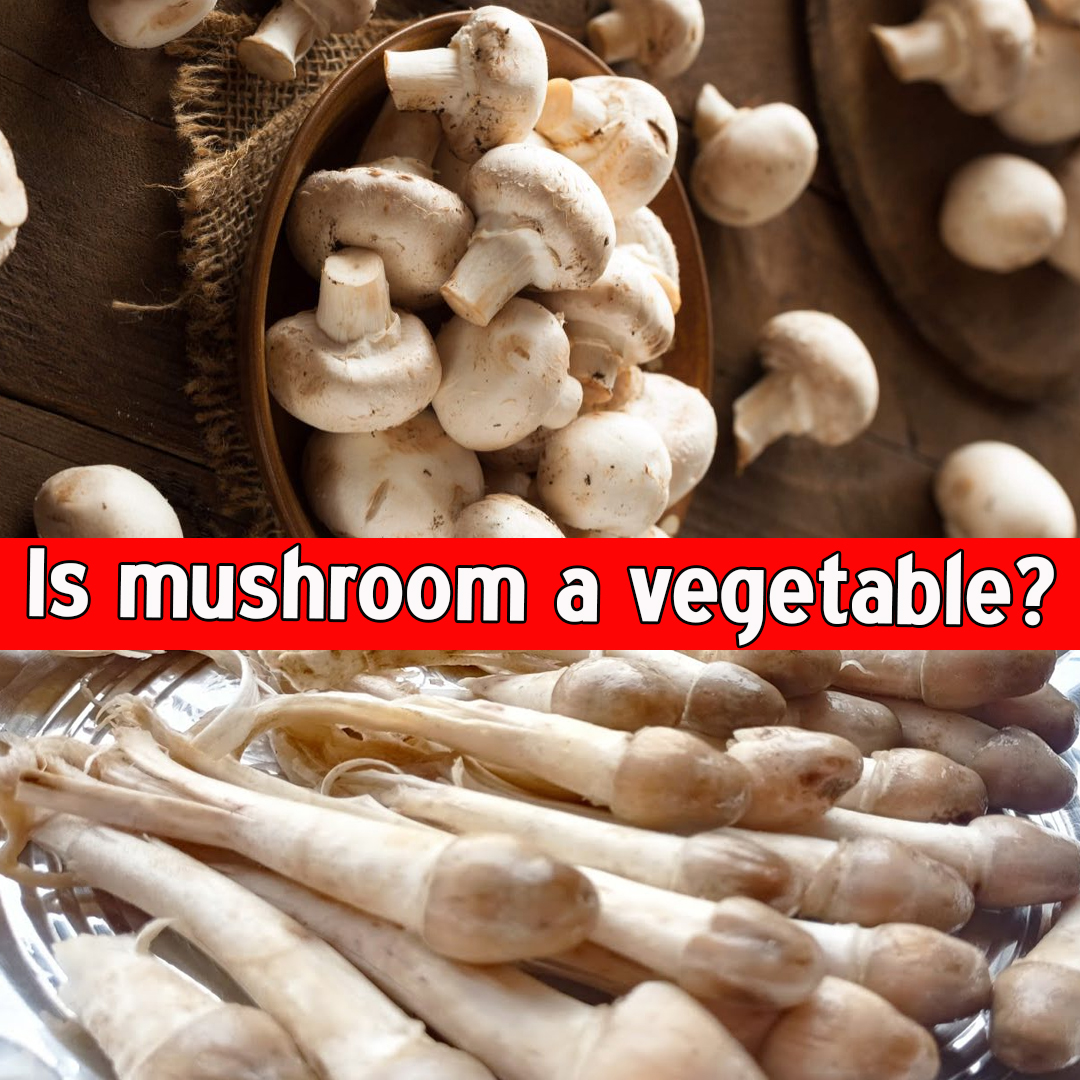

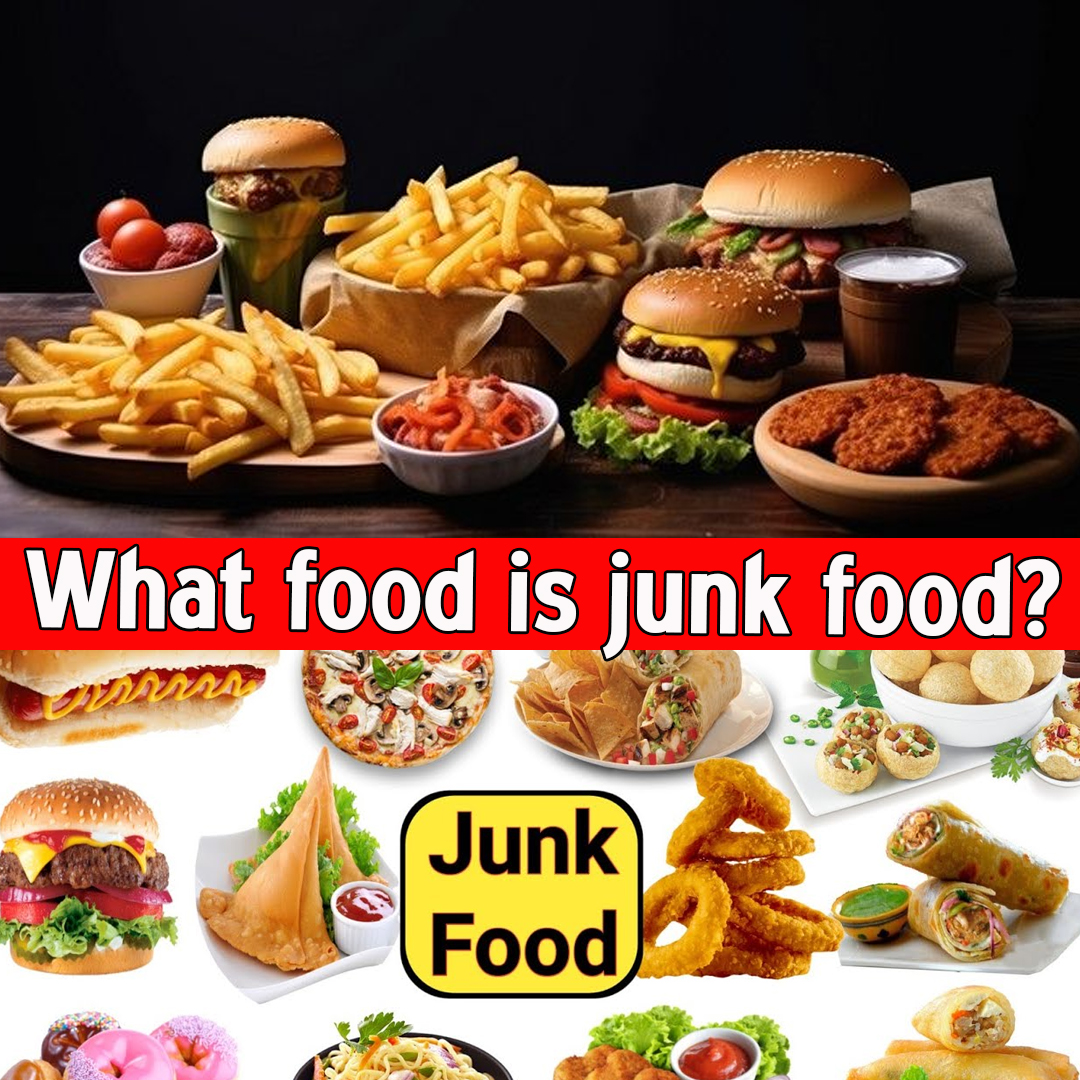

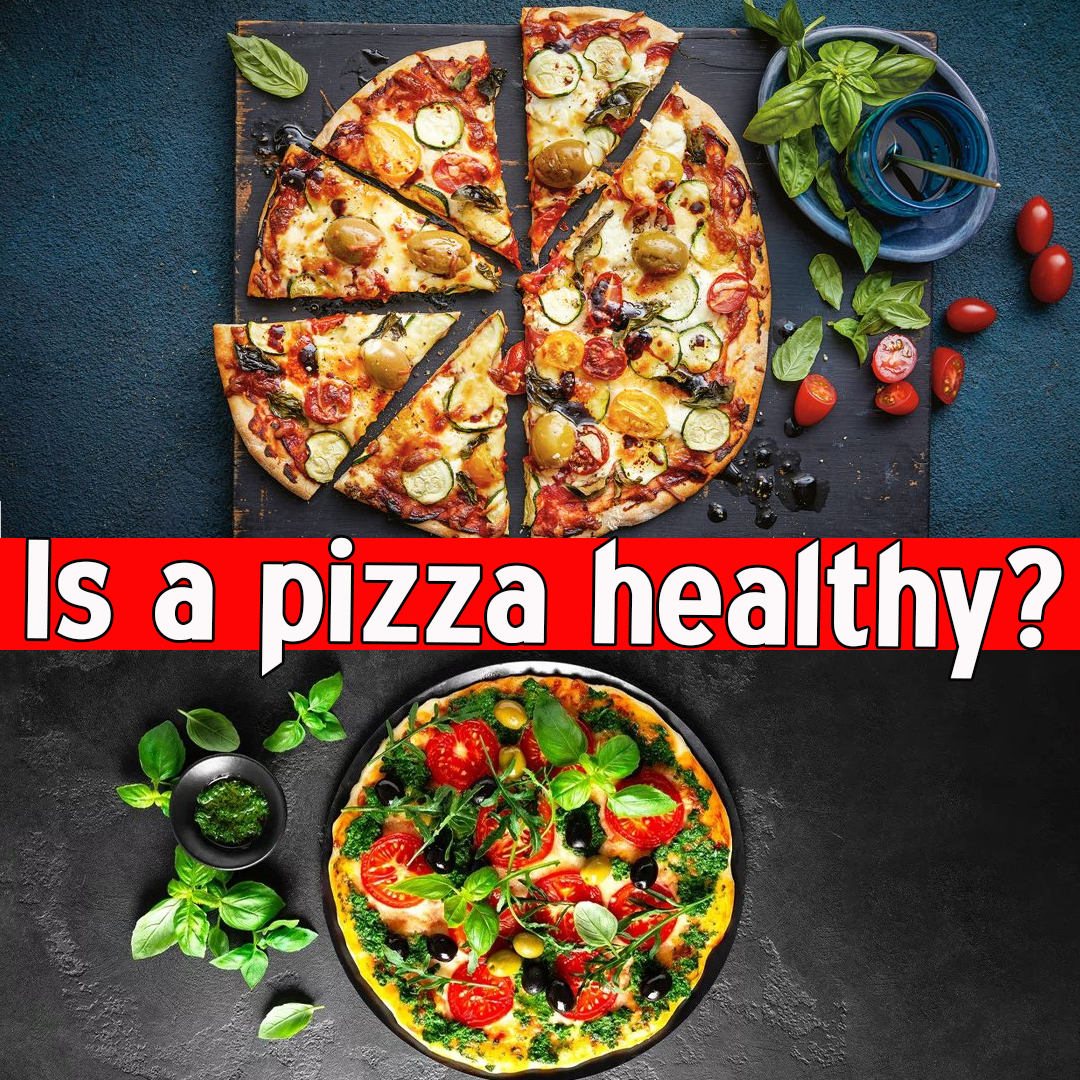

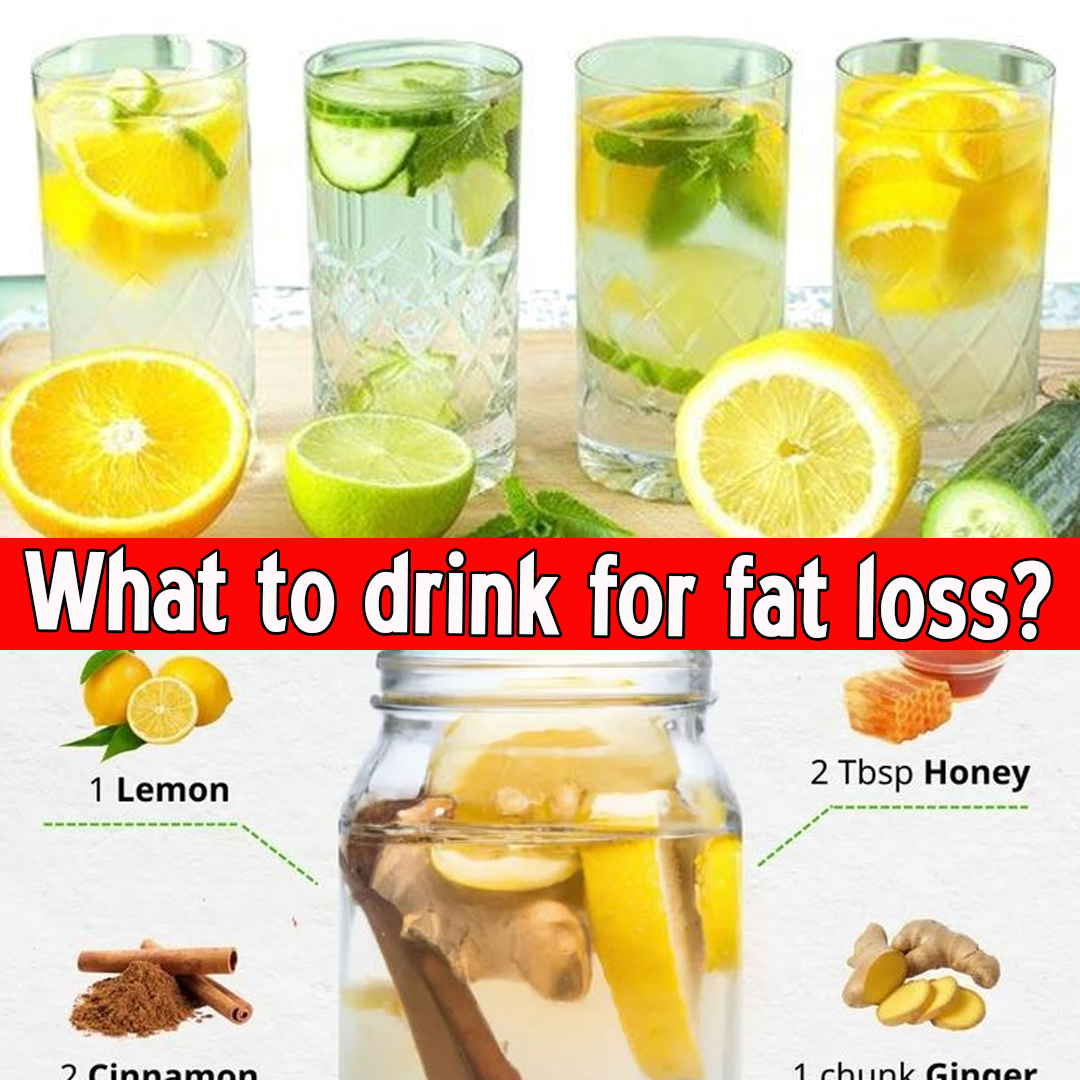
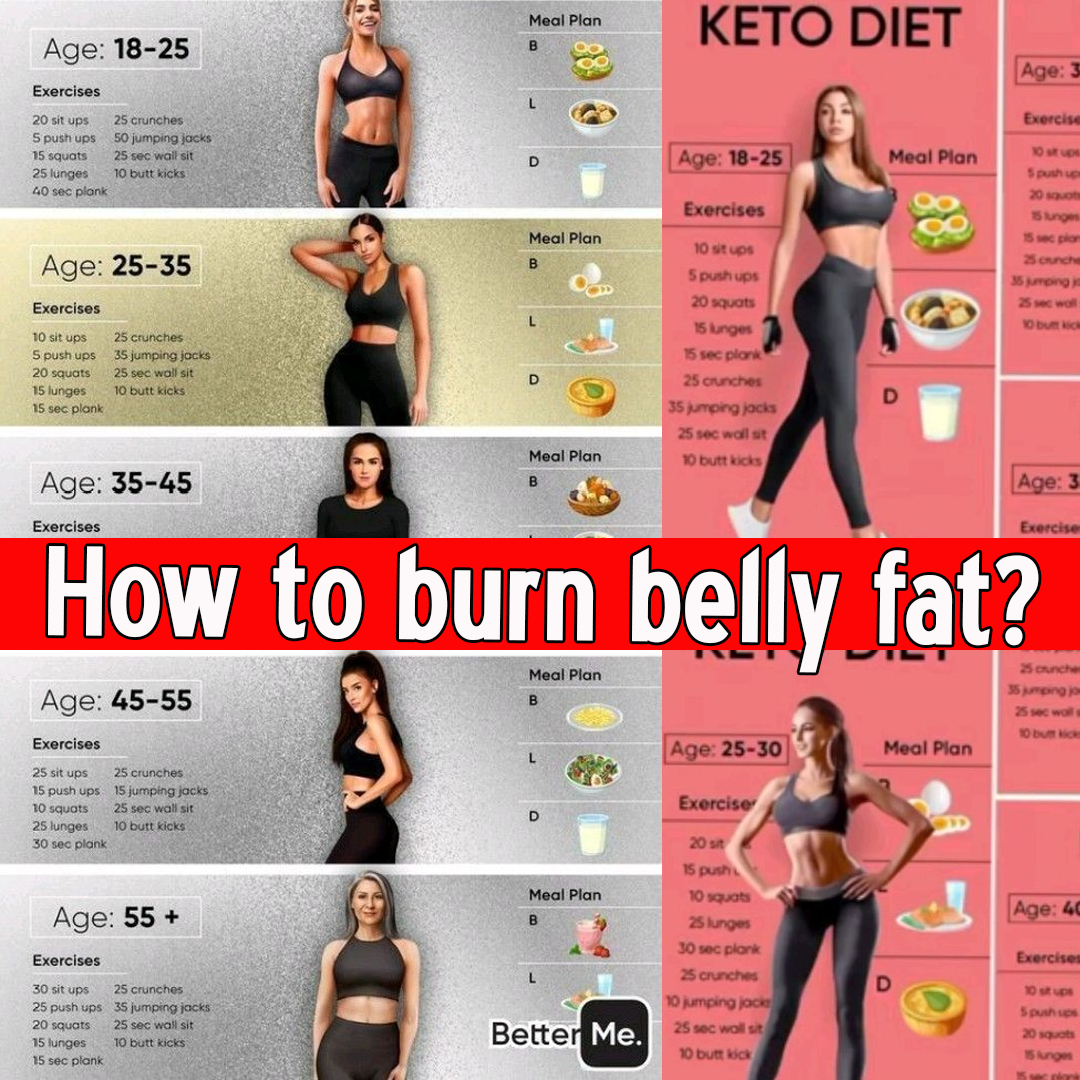

Leave a Reply